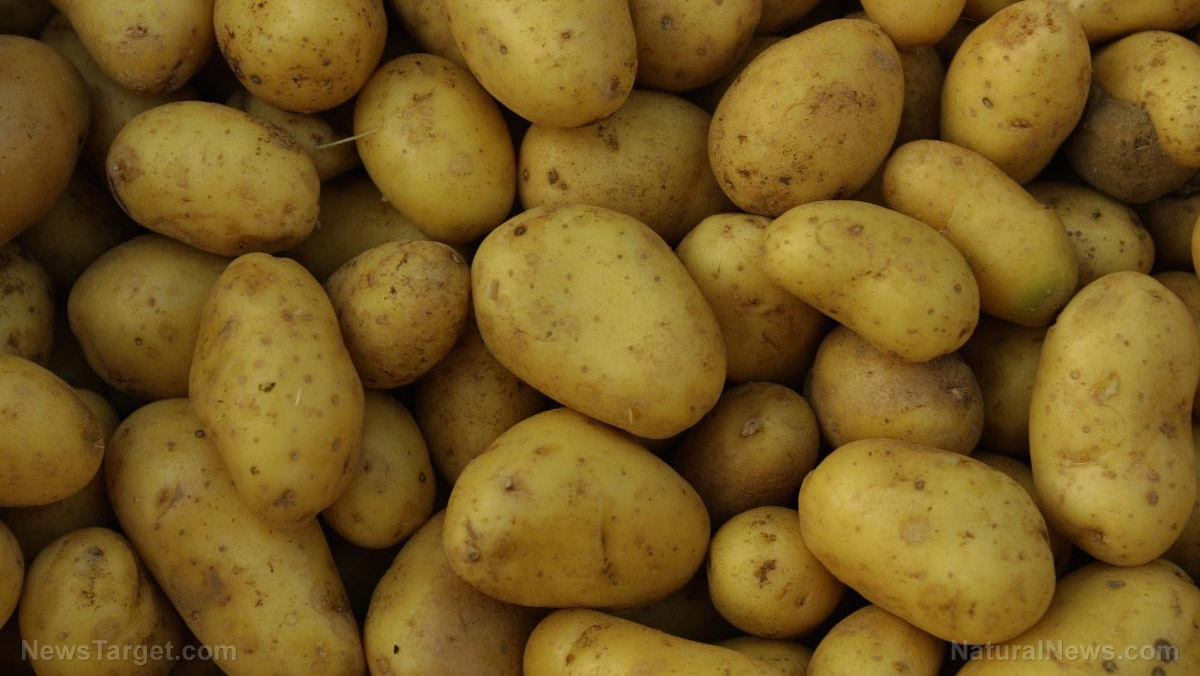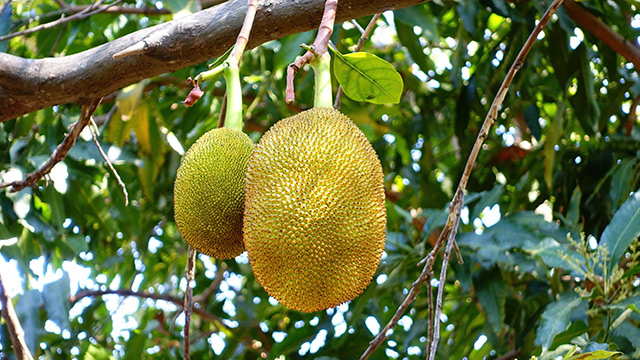GMO potato creator says he’s concerned that his work may be negatively impacting human health
01/30/2019 / By Isabelle Z.

Once hailed as an invention that will end world hunger, GMO foods are increasingly being exposed as dangerous and terribly short-sighted, and now the inventor of one popular GMO food is joining the chorus of detractors.
While serving as Simplot Plant Sciences’ Director of Research in the early 2000s, Caius Rommens led the development of the Innate genetically engineered potato. Rommens, who had worked at Monsanto prior to joining Simplot, designed the potato that was intended to resist bruises and late blight and could also be able to create French fries that weren’t as carcinogenic as normal fries. In a recent interview with Eco Watch, however, Rommens outlined how he can’t push aside his fears about the dangers of the GMO potatoes, which are currently sold in 4,000 supermarkets across America.
Rommens told Ken Roseboro that one problem is the use of silencing genes with RNAi. He says that because silencing isn’t gene specific, any genes that happen to have a structure that is similar to the silencing construct could end up being silenced as well – and perhaps even affect the genes of animals that eat the potatoes. For example, he discovered that silencing constructs are active in bee pollen, jeopardizing bees who use GM potato pollen for feeding larvae.
In addition, he said that his former colleagues have shown that silencing the gene that causes browning in potatoes, PPO, causes more toxins to accumulate in the vegetables. For example, it causes levels of the neurotoxin alpha-aminoadipate to increase sixfold; this chemical can also interact with sugars to create the glycoxidation products that are behind many diseases. This is the same problem that prompted European regulators to balk at approving a variety of GM corn from Monsanto.
The damage is still there – it’s just obscured so you can’t cut it out
Making matters worse is the fact that damaged or bruised potatoes can accumulate dangerous levels of the toxin tyramine. Because these damaged tissues can’t be seen in GM potatoes – yet they do still exist and are essentially made invisible – people aren’t trimming them and are instead consuming them. Another potential toxin known as chaconine-malonyl increases by nearly 200 percent during PPO silencing, and the effects this can have on health aren’t known.
He said that although his GM potato protects against late blight, it’s unknown how long that protection lasts. In addition, because late blight often brings with it other pathogens, growing these potatoes with just a single resistance gene in some places is like getting a vaccine against one disease and then moving elsewhere where there are countless other diseases.
Rommens wrote a book called Pandora’s Potatoes highlighting the many problems with the tubers. He said that he realized that he hadn’t done enough to ensure the modifications weren’t leading to any undesirable and unintended effects. He believes that at the very least, the potatoes should be evaluated for infections and hidden bruises, along with levels of toxins like tyramine and alpha-aminoadipate, prior to entering the market.
Of course, it’s not just these particular potatoes we need to worry about. Rommens stated that many genetic engineers are “biased and narrow-minded” and lacking the ability to critically assess their creations. He lamented the fact that unintentional effects can never be entirely avoided with genetically engineered food, and it could take dozens of years for such effects to become obvious. He said that he now believes increasing crop diversity is the answer to boosting the sustainability of farming.
See Frankenfood.news for more reporting on genetically modified foods.
Sources for this article include:
Tagged Under: biotech, Caius Rommens, dangerous science, food crops, food supply, frakenfood, genetic engineering, Glitch, GMO, gmo dangers, GMO potatoes, harvest, Innate potato, Monsanto, Pandora's potatoes, potatoes, real investigations, Simplot, toxic ingredients


















